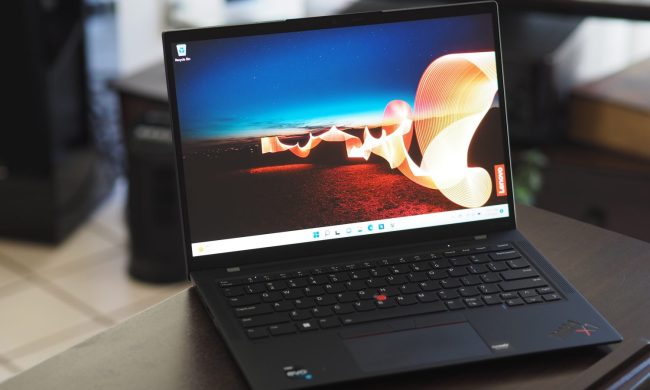

Netbooks were the pinnacle of price-over-function. They reached prices never seen before. But they were so awful that, after a brief explosion, sales collapsed as rapidly as a super-giant star gone supernova, sucking the reputation of all PCs down a black hole.
IFA 2016: Our 6 favorite robots from IFA 2016 will mow, vacuum, and even sketch for you
But even as laptop sales stagnated, design has improved, and quality has quickly escalated in recent years. In fact, laptop makers seem to have perfected the formula for a good laptop – even at affordable prices.
What’s good for you is good for me
You may think that a great laptop is a matter of opinion. That’s likely right. A good laptop, though, is not. Every system needs to share certain traits: acceptable performance, light and thin design, a pleasant keyboard, touchpad, and display — you get the picture.
Laptops have, for most of their existence, failed to provide all these traits. Most fail to offer even a majority of them. They’re complex beasts, cramming even more components than found in a desktop PC into one slab of plastic or metal. But today, finally, we’re seeing everything come together.

Consider Acer’s Swift 3, just announced at IFA 2016. Set to arrive in October, it will offer the latest Intel Core processors, a 14-inch 1080p display, and an all-metal chassis only 0.7 inches thick, which weighs 3.3 pounds. It even has solid state storage.
The price? $500.
That’s incredible value. For less than a flagship smartphone you can purchase a laptop that’s fast enough to last years, yet portable enough to satisfy frequent fliers. The Swift 3 could be improved on, but all of its basic traits are adequate. No, not just adequate – good.
It’s not alone. There are others that fit into this category, such as the Asus UX305CA/UA, the Lenovo IdeaPad 710S, and Acer’s Aspire S 13.
Complexity does not mean quality
Take a closer look at the list above and you’ll realize they share common traits. All of them are proper laptops – not 2-in-1s. They don’t have touchscreens. They don’t fold into tablet mode. They’re very traditional.
Now don’t take this to mean 2-in-1s are awful. There are some solid options available, and the fundamental concept isn’t misguided. Tim Cook famously called out 2-in-1s by saying “You can converge a toaster and a fridge, those but aren’t going to be pleasing to the user.” But how often do you use your toaster? If the answer is “less than once a week,” would you be OK with sticking a few slices of bread into a slot just above the ice dispenser?

It is true, though, that every good 2-in-1 is based on a good laptop. Take the Lenovo Yoga 910, which won Digital Trends’ Best Tech of IFA 2016 award for Computing. It’s alright when folded over as a tablet, but it won the award because it’s a beautiful, portable laptop packed full of cutting-edge technology. Like the less extravagant options already mentioned, it’s nailed the fundamentals.
The real era of good-enough computing
A decade ago, the concept of “good enough” computing started to surge into reality. Designers, journalists, and engineers began to speculate we’d reached a point where basic processing capability was more than adequate for what most people need day-to-day.
Time has proven that right. It’s a major contributor to slumped PC sales. People are keeping hardware for a very long time.
But the concept of “good enough” computing never considered the user experience. A laptop from five years ago is likely still fast enough for day-to-day use now. But how much does it weigh? What’s the screen look like? How’s the keyboard? Speed aside, laptops from even a few years ago had to make sacrifices.
Not anymore. Systems like the Acer Swift 3 herald a new, better era of computing. All the measures of what’s good in a laptop are aligning with what people are willing to pay – and the result is awesome.


